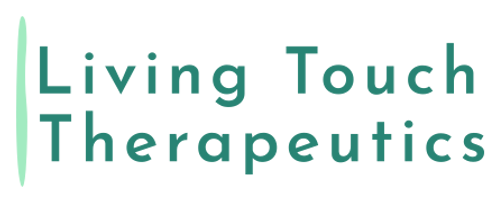Beyond the Muscle: Why Nerve Mobility Could Be the Key to Relief
- Benjamin Mishleau
- Jun 25
- 3 min read
Let’s start with a simple truth: muscles don’t relax just because you rub them.
That may sound strange coming from a massage therapist, but it’s something too many people have experienced firsthand. They go in for a massage, feel amazing for a day… and then their aches come right back. Or they’re the person who’s seen every doctor, physical therapist, and chiropractor in town, yet can’t seem to find lasting relief.
For some, the missing link might be something called nerve adhesions—a restriction not in the muscle or joint, but in the pathways that connect the body to the brain.
The Nervous System: The Body’s Master Communicator

Your body has 31 pairs of spinal nerves branching out from the spinal cord. These nerves form an intricate network that travels to every limb, joint, and muscle, gathering information and relaying it back to the brain. They help the brain decide how we move, when to engage certain muscles, and even how we hold ourselves upright.
But when those nerves can't move freely—when they’re stuck or compressed—the messages get distorted. That distortion creates faulty movement patterns, tension, pain, and even weakness.
One major reason for this? Adhesions.
What Are Adhesions?
Adhesions are like internal scar tissue. Imagine sticky gum forming around a nerve pathway. Instead of gliding smoothly through surrounding tissues as the body moves, the nerve gets tugged, pinched, or stuck. Over time, this not only restricts motion but interrupts the communication between your brain and body. The result? Muscles that never fully relax. Movements that feel harder than they should. Pain that doesn't respond to stretching, strengthening, or standard massage.
A Real-World Example: When the Nerves Let Go
Let me tell you about one of my clients—a 63-year-old woman with one clear, powerful goal: she wants to keep scuba diving for as many years as she can.
We’ve structured her sessions with a focus on strength and movement, but one area kept holding her back: her squat. No matter what cues or mobility drills I gave her, she struggled with knee pain and couldn't move with ease.
I started to consider a different angle—maybe there was a nerve adhesion interfering with the normal signaling to her legs. I focused on her femoral nerve, which runs from the lumbar plexus through the front of the hip and down to the knee. After assessing and applying targeted nerve adhesion release techniques along that pathway, something changed.
Ten minutes later, she stood up, squatted… and was shocked. No pain. Significantly less effort. Something that had felt off for months was suddenly working the way it should.
Why It Matters
When adhesions form around nerves, they block the body’s ability to move and heal naturally. This is more than just a tight muscle—it’s a mechanical restriction in the communication system itself.
That’s why a nerve adhesion release approach can often bring relief that lasts longer and arrives faster than conventional methods alone. It’s not a replacement for strength work or rehab, but it can be the crucial missing piece that allows those efforts to actually work.
The Bigger Picture
Pain is often the symptom, not the cause. And when you’ve tried everything and nothing sticks, it's time to look deeper—at the nerves themselves and how freely they can move. With the right assessment and treatment, we can restore that glide, reopen the channels of communication, and help the body get back to doing what it’s built to do—move well, feel strong, and thrive.





Comments